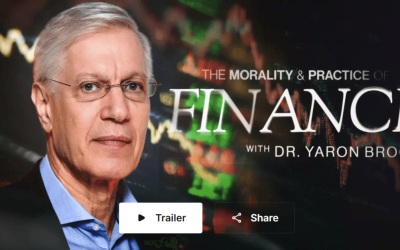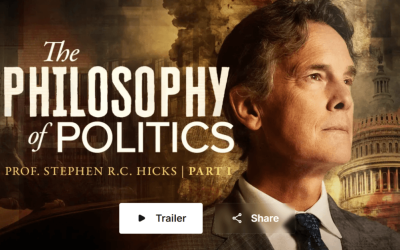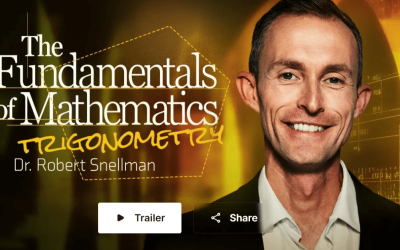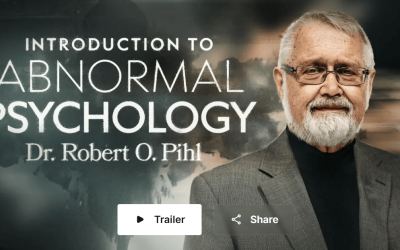🌟 New Year Offer 🌟
Celebrate 2025 with 30% OFF on all products! Use code: NEWYEAR2025. Hurry, offer ends soon!
A seven-hour course, Dr. Robert Pihl highlights the interconnected challenges of depression, suicide, and addiction, examining their biological, psychological, and social aspects.
File Size: 7.535 GB.
Format File: 6 MP4, 6 SRT, 7 TXT.
Peterson Academy – Robert Pihl – Intro to Abnormal Psychology – Part II
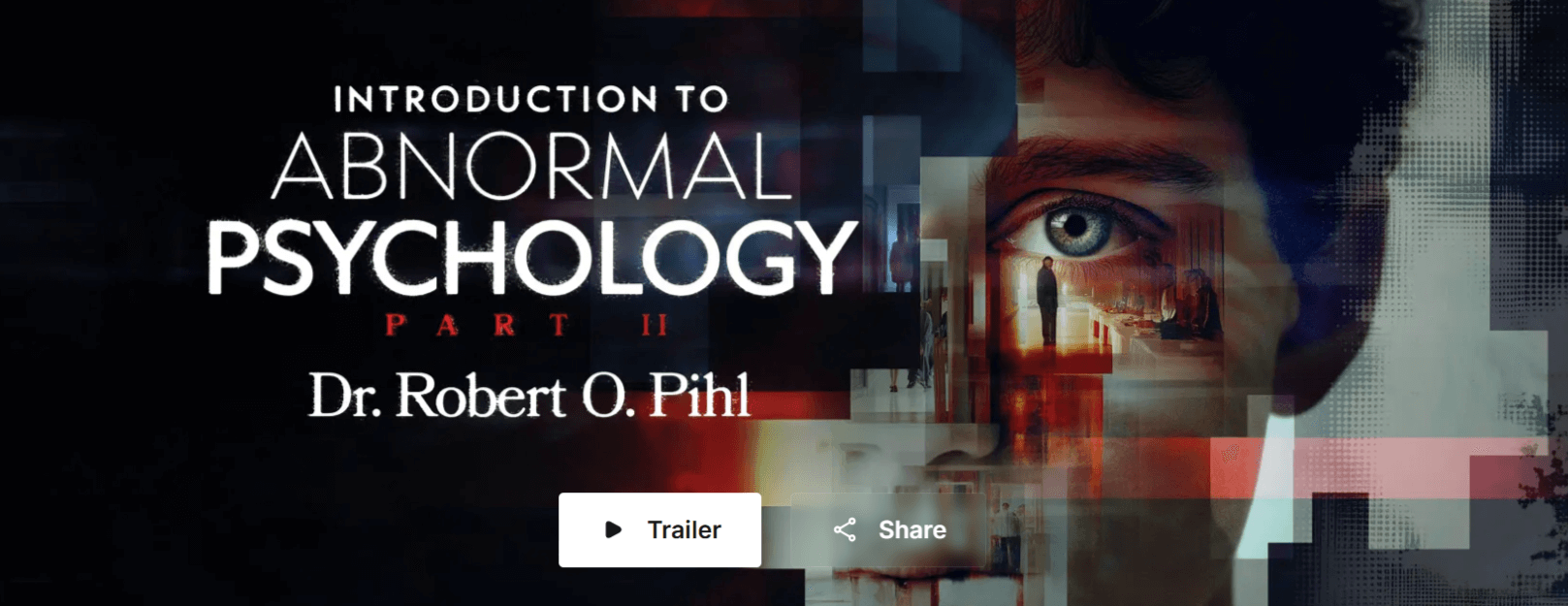
Dr. Robert O. Pihl
Psychologist
In Introduction to Abnormal Psychology Part 2, a seven-hour course, Dr. Robert Pihl highlights the interconnected challenges of depression, suicide, and addiction, examining their biological, psychological, and social aspects. He discusses the rise in mental health issues and contributing factors like genetics, neurobiology, and social influences. Treatments for depression are covered, ranging from antidepressants and CBT to emerging therapies like ketamine and personality-targeted approaches. The course also analyzes suicide trends and prevention. It concludes with a fascinating in-depth study of addiction, its neurobiology, and evidence-based prevention and treatment, focusing on high-risk groups and global trends.
Lectures

- A Rise in Depression
In our introductory lecture, Dr. Pihl examines depression, suicide, and addiction through a framework that includes genetics, family history, and temperament. Together, we explore the rise in depressive disorders—such as major depression, dysthymia, and seasonal affective disorder—and recognize troubling mental health trends among youth. We also investigate the potential influence of social media and screen time while noting declining social interaction trends, suggesting multiple contributing factors to this mental health crisis.

- Inside Depression
In lecture two, we continue our study of the complex nature of depression. We cover biological factors like sleep problems, genetics, neurotransmitter imbalances, and brain structure, alongside psychological theories such as psychoanalysis, learned helplessness, and cognitive distortions. We also review treatments, from antidepressants and ECT to emerging therapies like ketamine and psychedelics, noting the limited effectiveness of SSRIs for many. Dr. Pihl emphasizes that depression involves multiple distinct conditions, requiring individualized approaches and reflecting a complex interplay of biological, psychological, and social factors.

- Recognizing Risk
In lecture three, Dr. Pihl explains a range of depression treatments, including ECT, TMS, ketamine, and CBT. He discusses the identification of depression subtypes and explores alternative interventions such as exercise, family meals, and digital apps. Dr. Pihl also provides an in-depth analysis of suicide trends across age, gender, race, profession, and region, debunking common myths and highlighting the complexity of predicting and preventing suicide in diverse populations.

- Reducing Risk
In lecture four, we learn about the differences between suicide attempters and completers, highlighting that many attempts may be driven more by emotional distress and a need for connection than a genuine intent to die. We study classification systems that group suicides by underlying causes, such as mental illness, chronic pain, or physical health decline—particularly among older adults. The lecture concludes with a discussion of prevention strategies, emphasizing the critical role of social support and noting that a range of therapeutic approaches can be effective in reducing suicide risk.

- The Scope of Addiction
In lecture five, we investigate addiction, covering its DSM classification and the growing range of addictive behaviors—from traditional substances to technologies like smartphones and internet gaming. We review the history of drug use, the opioid crisis driven by fentanyl, and debates over treating addiction as a health or legal issue, with examples from Portugal, Oregon, and British Columbia. The lecture concludes with a brief overview of pharmacokinetics, using cannabis research to show how dosage, administration, and individual differences affect addiction and its impact.

- Breaking the Cycle
In our sixth and final lecture, Dr. Pihl covers global drug use and addiction, focusing on common substances and gender differences in usage. He examines the neurobiology of addiction, particularly the brain’s reward system, and highlights research on high-risk individuals with family histories of alcoholism. The lecture concludes with treatment challenges and prevention strategies, emphasizing early intervention through personality-targeted programs addressing specific risk factors to reduce substance abuse.
Course Features
- Lectures 0
- Quizzes 0
- Duration 10 weeks
- Skill level All levels
- Language English
- Students 76
- Assessments Yes

